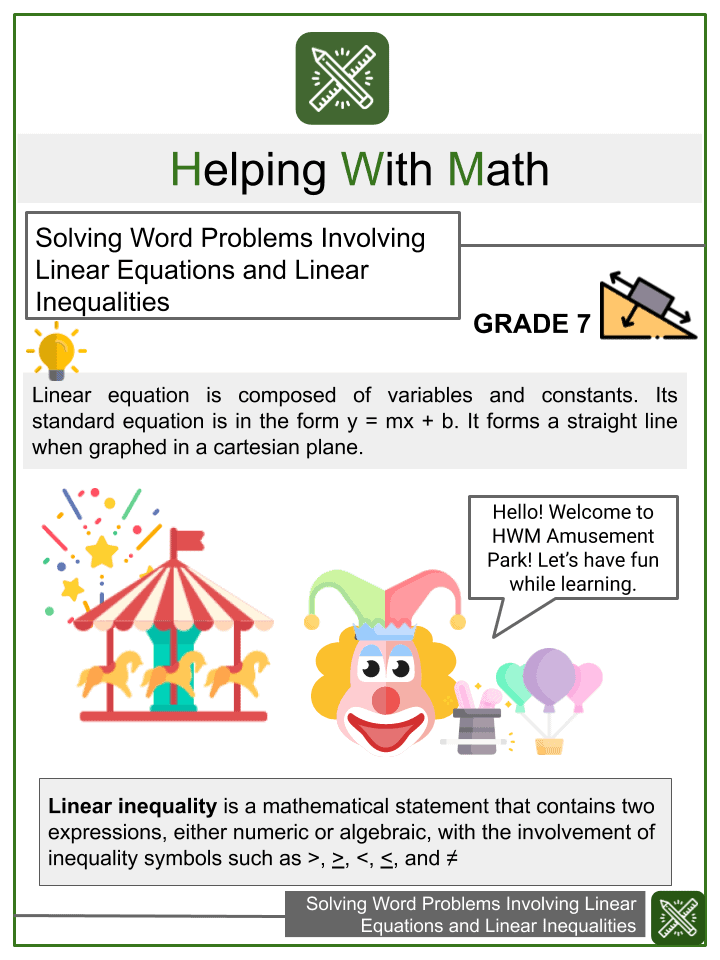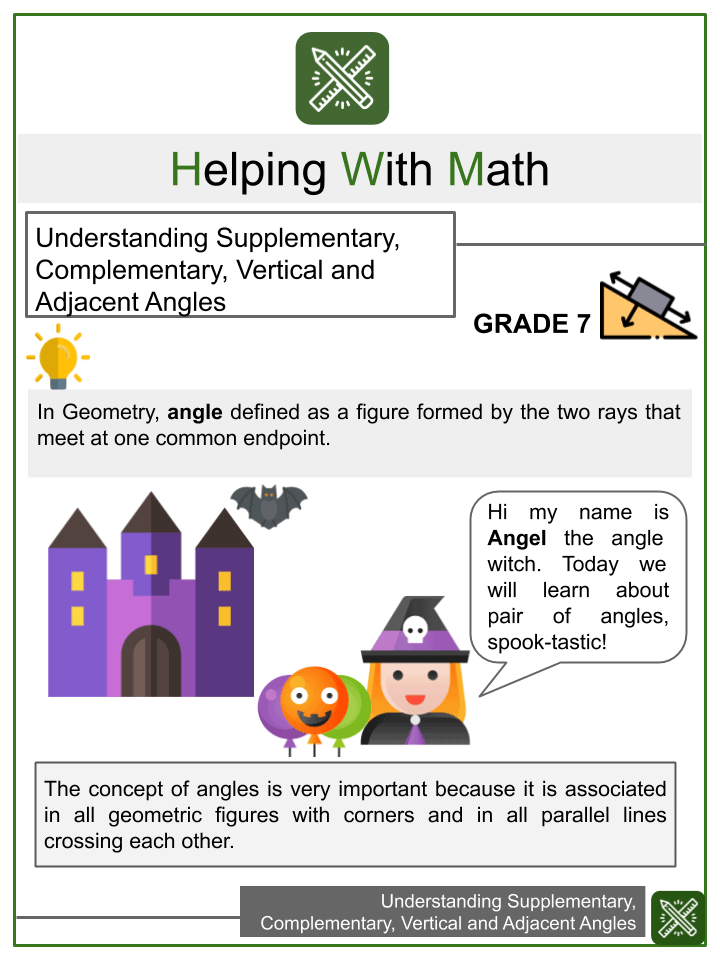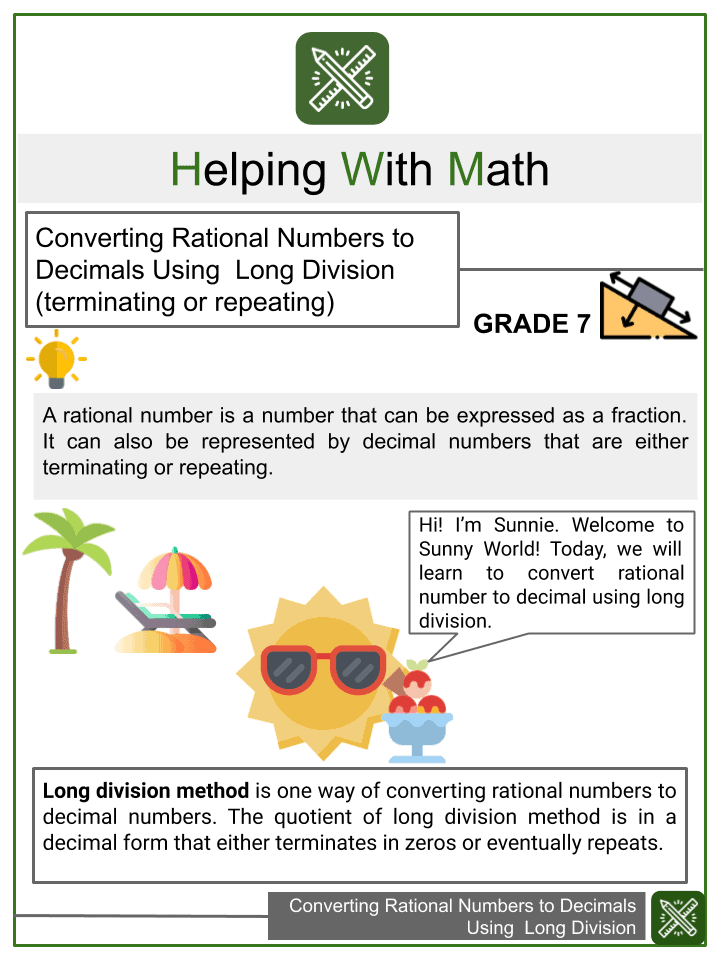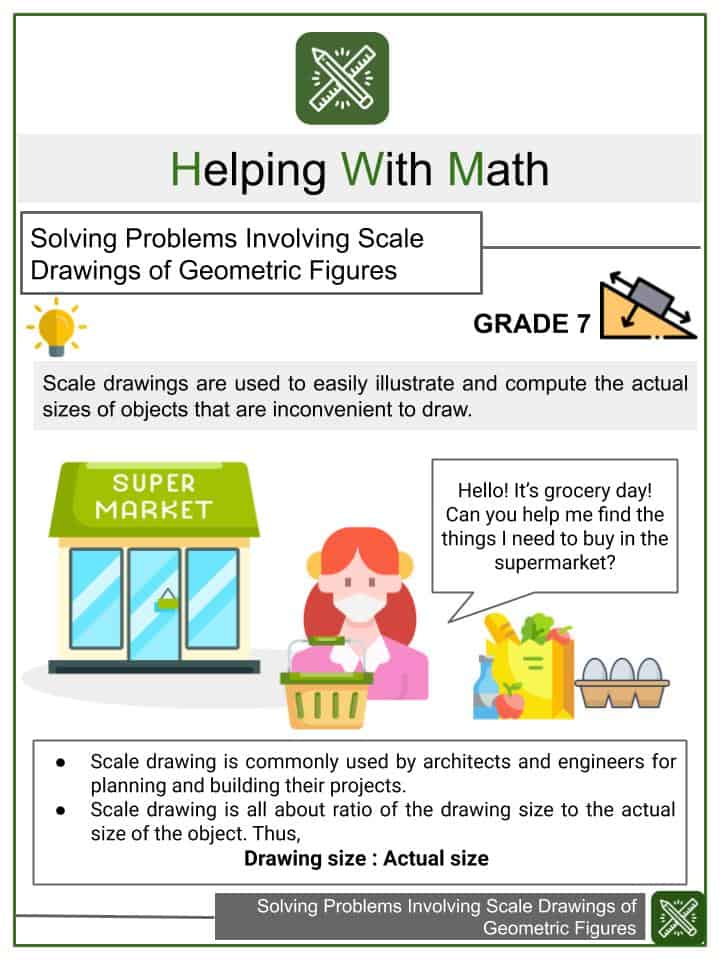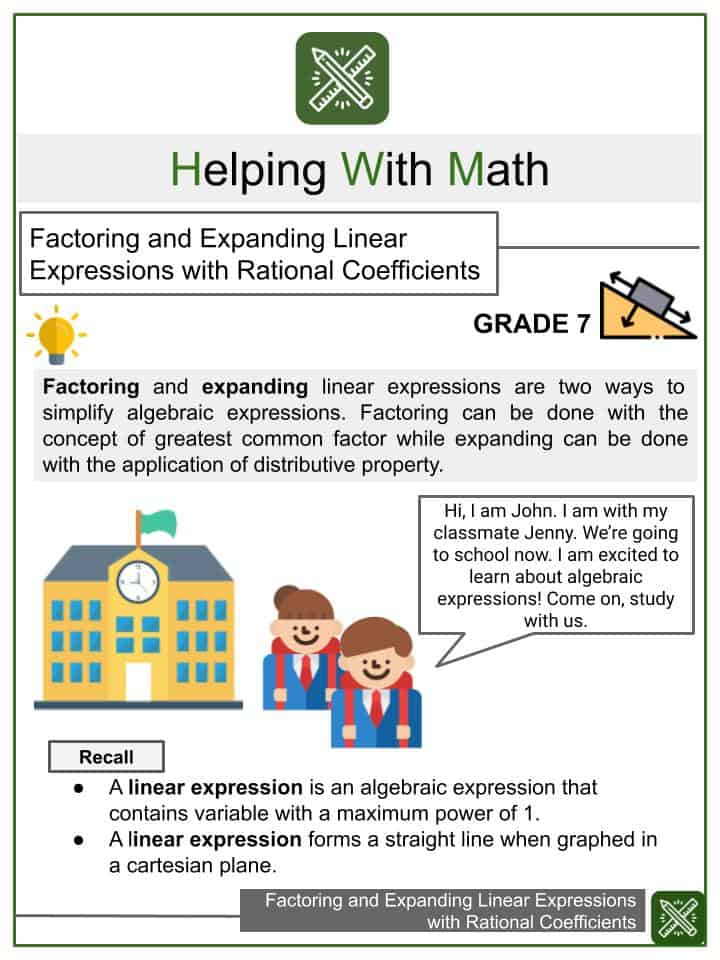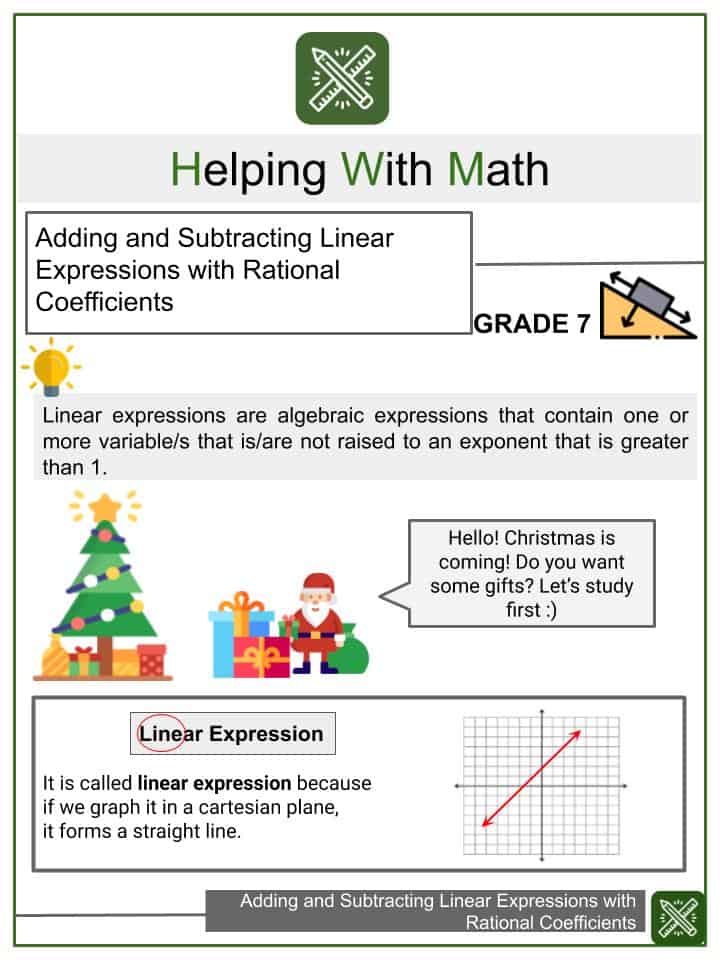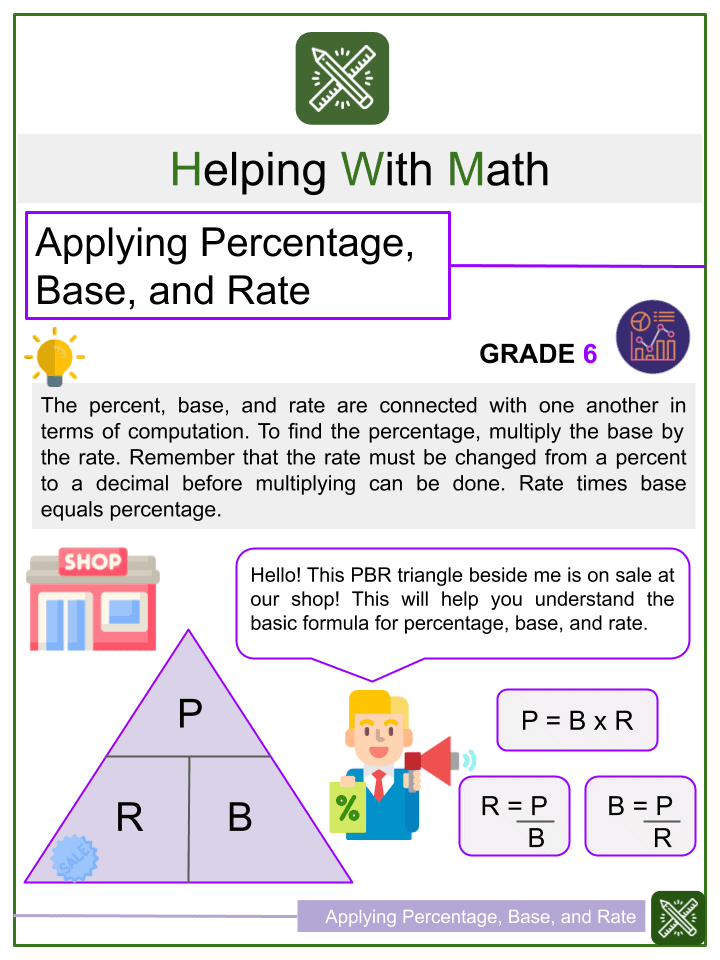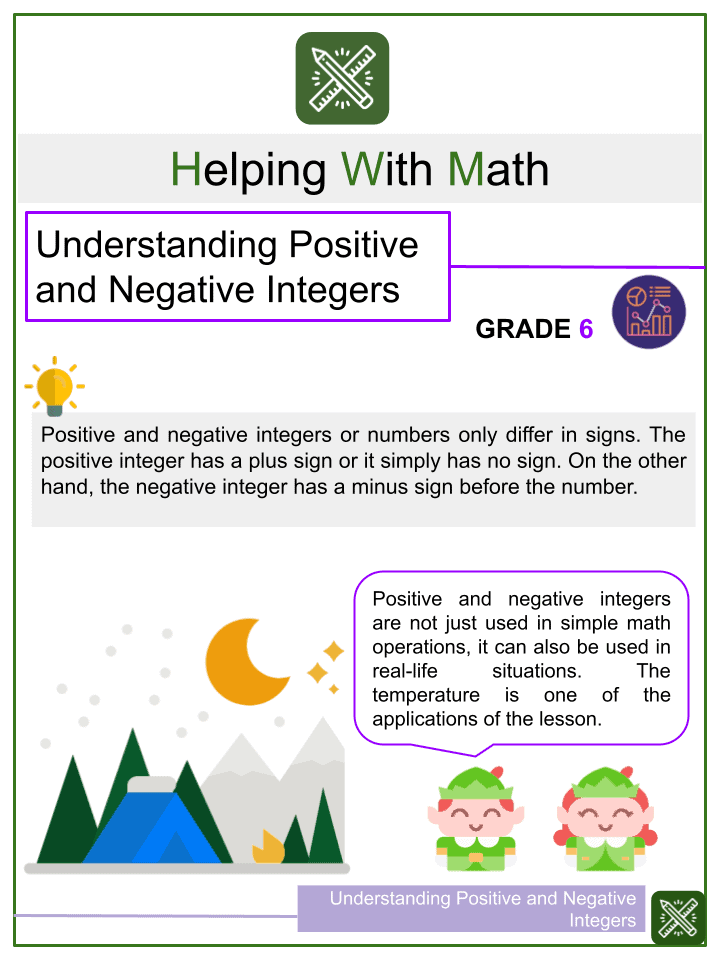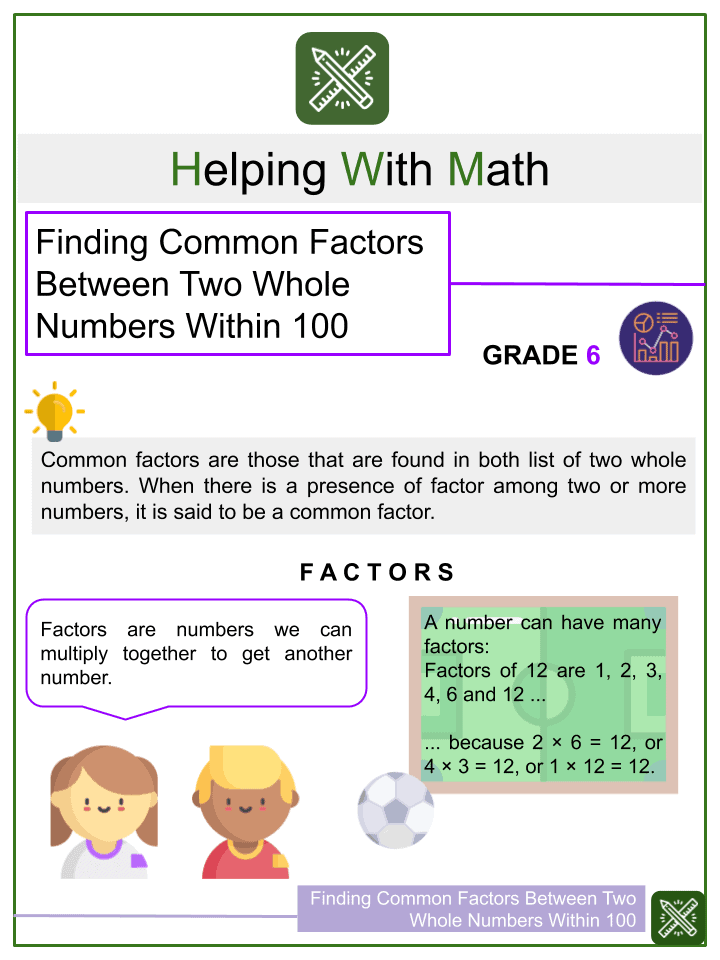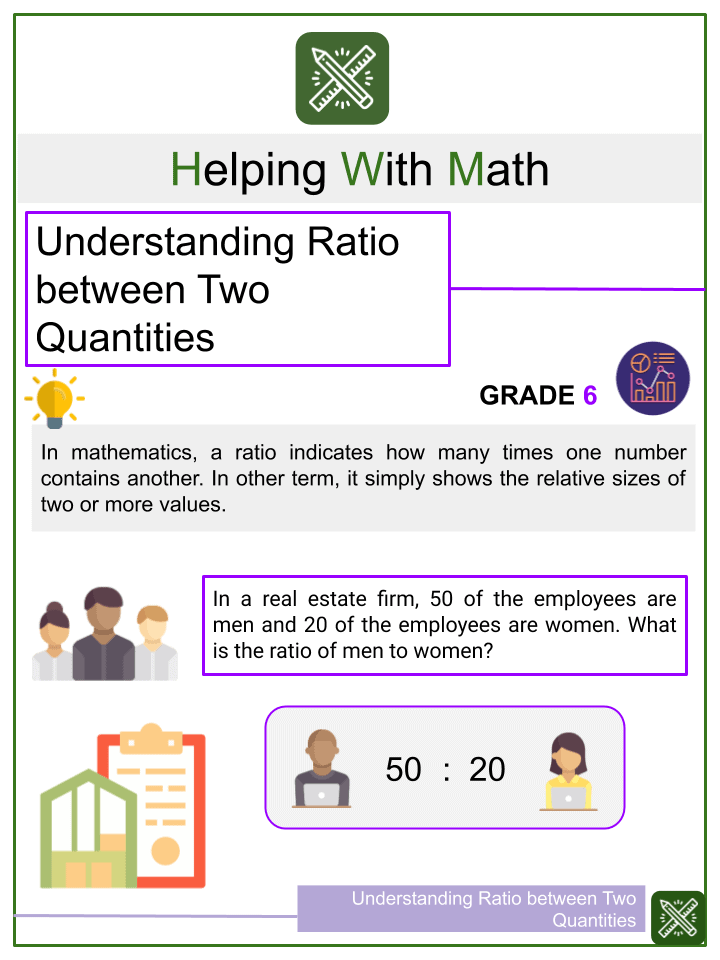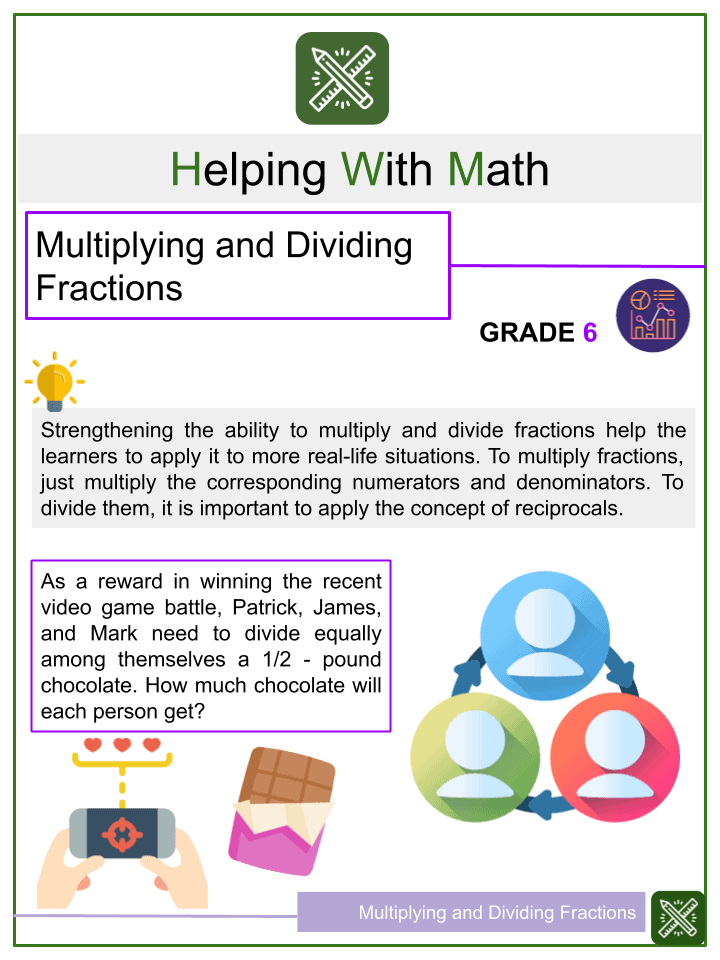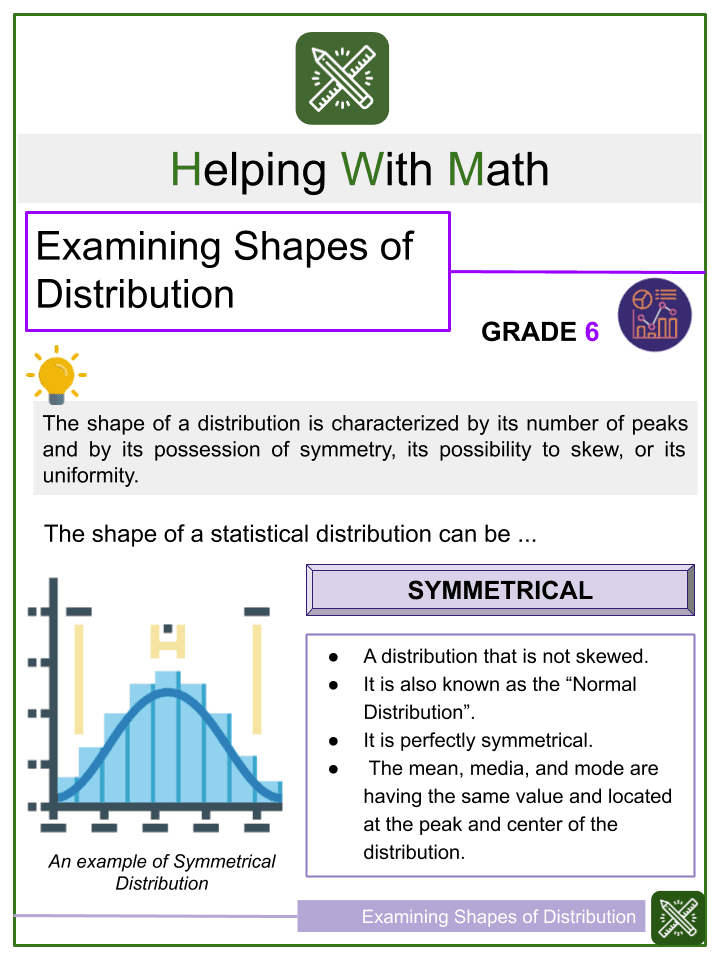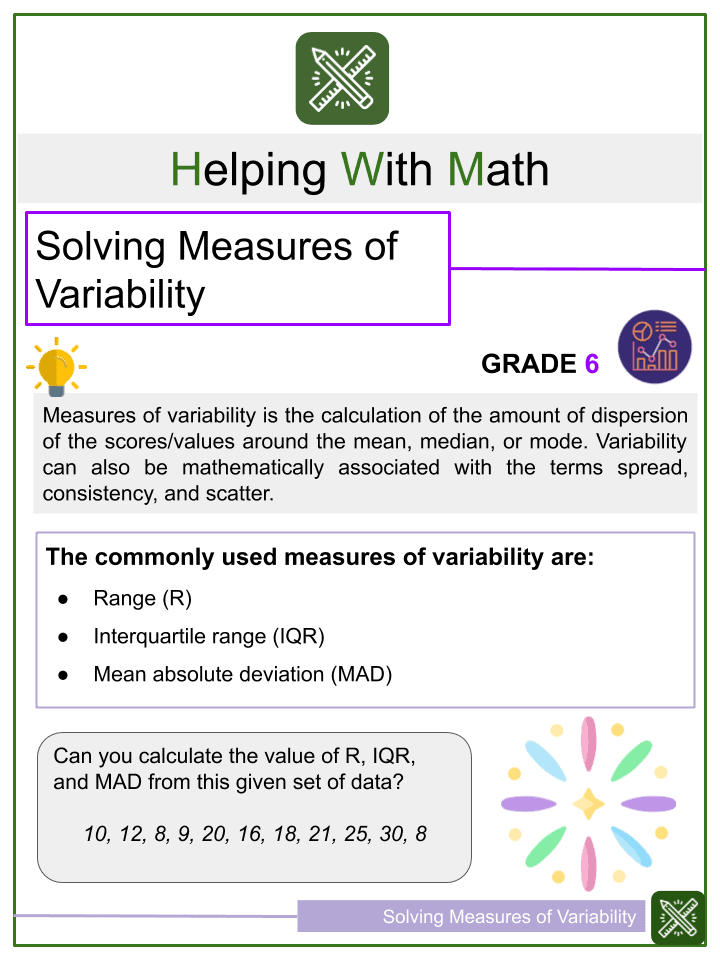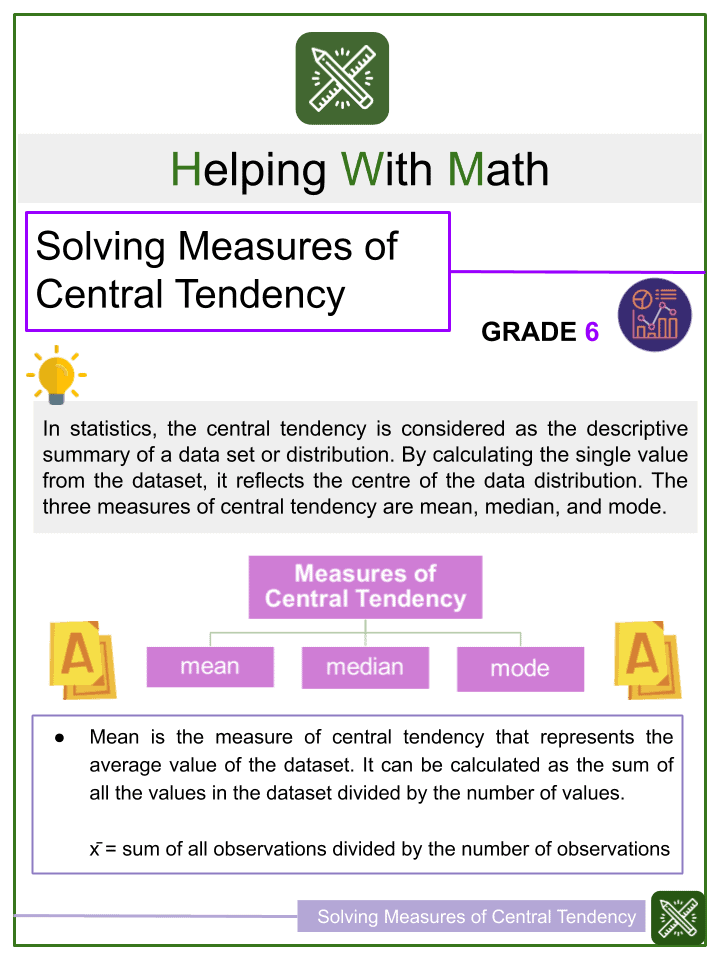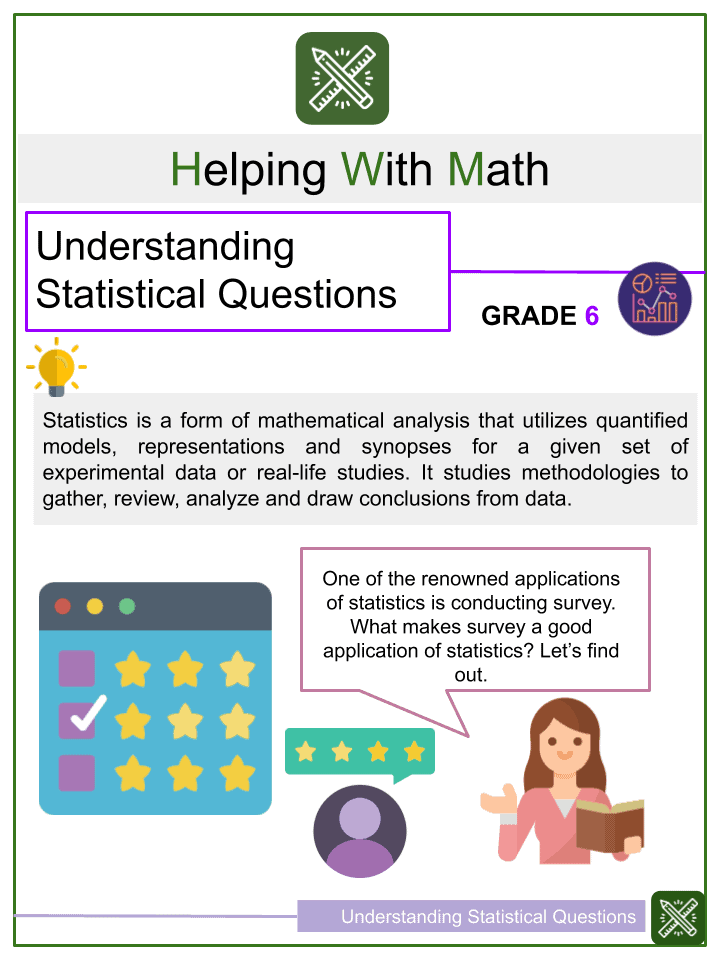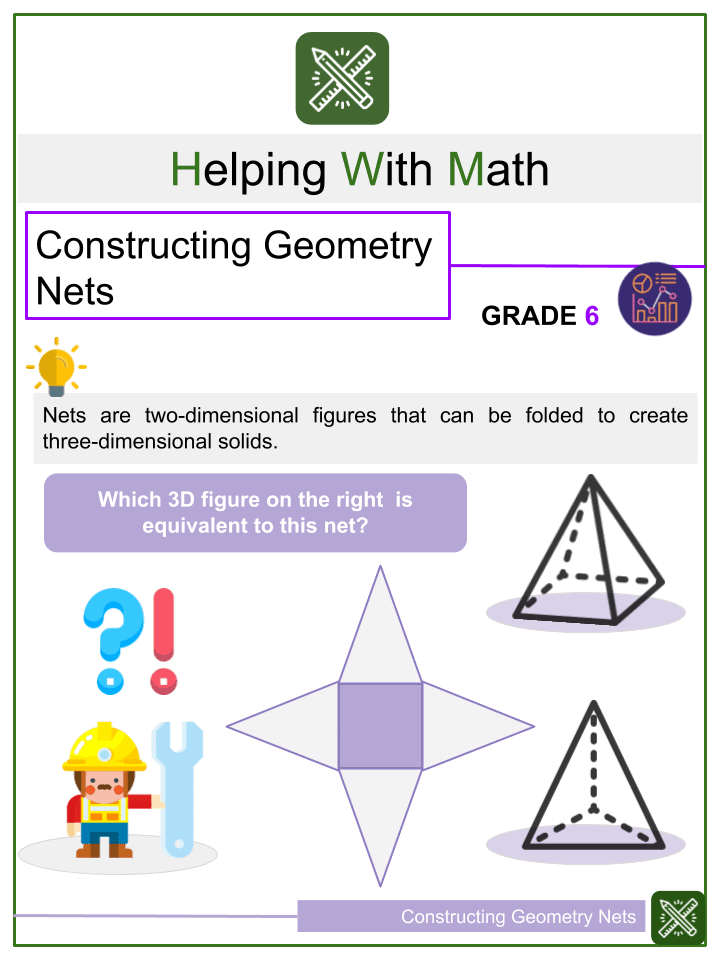Age 10-12 Math Worksheets
In this section, you can view all of our math worksheets and resources that are suitable for 10 to 12-year-olds.
We add dozens of new worksheets and materials for math teachers and homeschool parents every month. Below are the latest age 10-12 worksheets added to the site.
10-12 Years Of Age Math Learning Objectives & Standards
- In this age bracket, learners got a level up on the nature of numbers that they are dealing with. They are expected to attain mastery of four basic fundamental operations involving integers — with like and unlike signs. Upon exploring the extent of the concepts and procedures that they must know regarding integers, learners will then use this knowledge to relate real-life scenarios that depict negative values such as temperature, sea level, etc.
- As a strengthened topic from the previous age brackets, the skills involving complex fractions are being deepened by solving and simplifying challenging exercises. Learners at this age must determine what complex fractions look like and how are they going to express them in the simplest form. Aside from fractions, decimals and percentages are being given more emphasis by applying their principles to solve real-life problems involving discounts, mark ups, mark downs, discounted price, net price, gross income, etc.
- Learners now step up in learning algebra. At this age group, they are introduced to the meaning and application of exponents, one-variable equations, one-variable inequalities, and simple or basic algebraic expressions. Aside from distinguishing each concept from one another, their distinct applications are also being highlighted. For example, exponents can be used to express large values using a base and power; one-variable equations and inequalities are being used to describe a relationship of a certain scenario or phenomena; and algebraic expressions are used to represent unknown variables. At the latter part, learners are working on evaluating algebraic expressions given a specified value.
- In terms of expanding their knowledge about measurement and geometry, learners at this age group focus more on solving the area and circumference of circles; illustrating and solving geometric nets; and dealing with word problems involving the surface area and volume of solid figures such as cubes, prisms, cones, cylinders, etc.
- Lastly, learners begin to explore the world of descriptive statistics by discussing statistical questions, measures of central tendency, measures of variability, and skewness. The focal point of these lessons lie in their appropriate usage, formula, and value/s interpretation.



